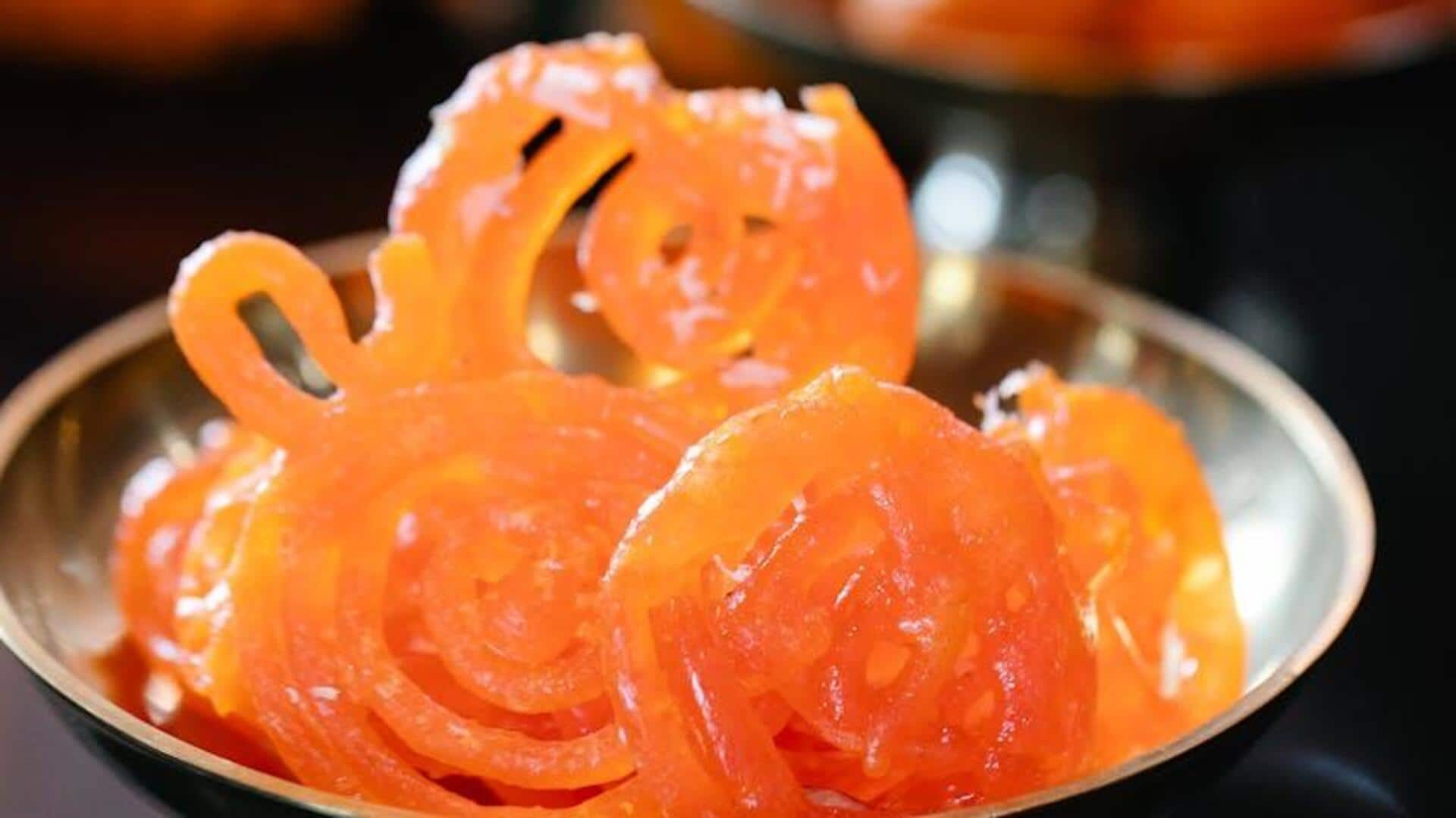
Jalebi's journey: Origin, history, and popularity
What's the story
A beloved sweet treat, jalebi has a rich history that goes back centuries. Known for its crispy texture and syrupy sweetness, this spiral-shaped dessert originated in the Indian subcontinent. It has become a staple in many households and festive occasions. Its journey from an ancient delicacy to a modern favorite reflects cultural exchanges and culinary evolution. Let's explore the fascinating story of jalebi through various insights into its history and preparation.
#1
Origins of jalebi
Jalebi originated in ancient Persia, where it was called zalabiya. The sweet made its way to India in medieval times via trade routes and cultural exchanges. Eventually, it metamorphosed into the jalebi we relish today, with regional variations giving unique twists to its preparation. The journey from zalabiya to jalebi showcases the impact of cross-cultural exchanges on culinary traditions.
#2
Traditional preparation methods
Traditionally, jalebi is made by fermenting a batter of flour and yogurt overnight. This imparts a slight tang to the batter, which is balanced by sweetness from the sugar syrup it is soaked in later. The batter is piped into hot oil in circular shapes till golden brown and then soaked in sugar syrup flavored with cardamom or saffron.
#3
Regional variations across India
In different parts of India, jalebi assumes different forms and flavors. In North India, it's usually served with rabri or milk-based desserts for extra richness. In Gujarat, it is served with fafda as a part of breakfast/snacks on festivals like Dussehra. Each region gives its own touch by adding local ingredients like rose water or kewra essence to their versions.
#4
Modern-day popularity
Today, jalebi enjoys mass popularity not just in India, but also among international audiences who relish its distinct taste profile. One that features crispiness along with sugary goodness in every bite-sized piece. Given the growing demand across the globe (thanks mostly to social media platforms making different cuisines accessible to each other), more people are learning about this heavenly dessert than ever!